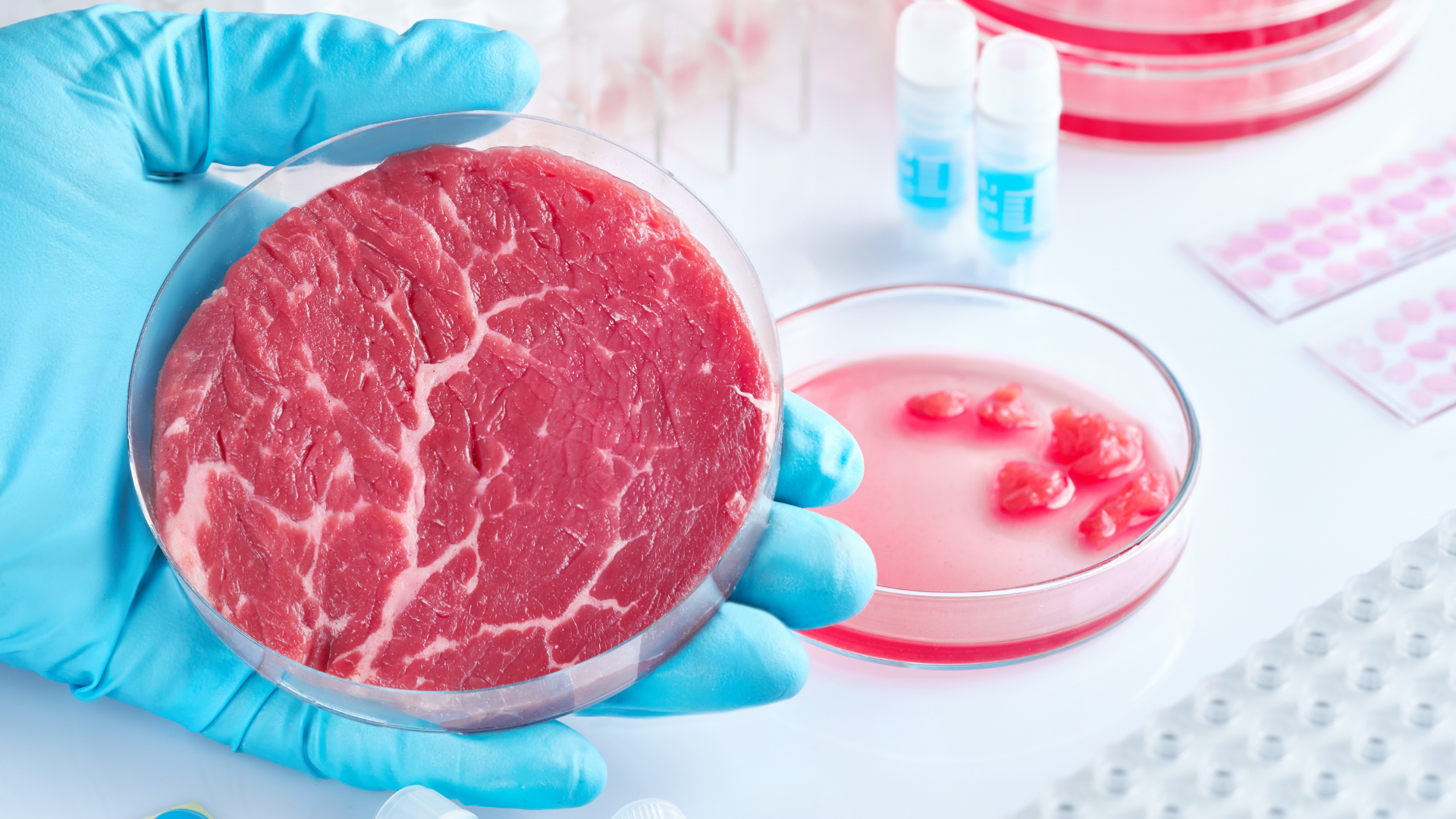
How Is Lab Grown Meat Produced?
You might think that if you cut vegetables up into little pieces and add them to a big bag of water, you’ll end up with something that resembles a ground beef patty. However, this is not the case for most of the meat we eat. To make a beef patty, you would need minced beef from a cow, breadcrumbs, egg, and a number of other ingredients, including salt and fat. The process is a great deal more complicated than you might think.
Could lab-grown protein be the future of agriculture? Amid the growing debate over the environmental and ethical implications of animal agriculture, there is one undeniable fact: raising meat, eggs, and dairy products require massive amounts of land, water, energy, and resources. The environmental impact of animal production has been well-documented, with the problem only set to worsen as the global population rises.
What Is Lab-Grown Meat?
Lab-grown meat, often referred to as “clean meat,” is a product of bioengineering that differs from traditional meat production. In the lab-grown meat process, cells are extracted from a living animal and cultivated in a petri dish. Scientists utilize the DNA from these cells to generate cell masses, which are then nurtured in a laboratory setting to develop into the desired muscle tissue. The end result is lab-grown meat, or “clean meat,” which shares the taste and texture of conventional meat but without the detrimental environmental consequences associated with traditional livestock farming. Clean meat is ethically produced, as it eliminates the need for mass animal slaughter, and it is more resource-efficient. Furthermore, lab-grown meat is free from antibiotics and growth hormones, rendering it a healthier and safer alternative.
How Is Lab-Grown Meat Made?
Lab-grown meats (LGMs) are an innovative technology that employs stem cells to cultivate meat in nutrient-rich liquid vats. These cells can originate from various plant and animal sources, including stem cells extracted from humans and animals. The creation of lab-grown meats occurs within bioreactors, specialized containers that maintain a controlled temperature and supply a liquid medium rich in nutrients for cell growth. This medium consists of essential amino acids, vitamins, minerals, and growth factors vital for the development of meat cells. The pH level of the culture is closely monitored and adjusted using tools such as pH Electrodes From Sentek From Sentek (or a similar company) to ensure the optimal growth of the cells. Subsequently, the cells are harvested, processed, shaped as desired, and then cooked or frozen for future use.
Is Lab-Grown Meat Actually Meat?
Meat that is lab-grown is real meat. The difference has to do with how it gets to your plate: lab-grown meat comes from cells harvested from a living animal, while conventional meat comes from an animal that is raised and killed specifically for human consumption.
The Lab Grown Meat’s Artificiality
Lab-grown meat is not artificial meat. It is real animal flesh. It just happens to grow in a lab, not on a factory farm. Scientists are even working to ensure that lab-created muscle tissue mimics the exact texture of traditionally grown meat.
Lab-Grown Meat Pros and Cons
The future of food looks bright as industries continue to invest in Innovative food processing technology. In just a few decades, we have made significant progress in growing cells to produce food in labs, and the results are already showing great potential. Imagine the possibilities: No more worrying about food shortages or how long the food takes to grow. We could easily produce food for the entire world and spend less than we currently spend on food.
One of the reasons lab-grown meat has been getting so much attention is because it has the potential to solve two of the world’s biggest environmental problems. That is great because we all want to reduce the amount of land and water needed to produce food. But this technology also produces a lot of animal waste. Researchers are working to solve those problems, and in the meantime, the meat itself is proving to be an exciting innovation.
Will Lab-Grown Meat Replace Traditional Meat?
Many talks have been swirling regarding the future of meat and how it will likely be a major part of our diets in the future. Some say that lab-grown meat is the answer to the growing meat demand and that is the future of food, while others are calling the idea of lab-grown meat the “McMeat” and saying that it will never catch on.
There is no doubt that cultured meat is something that is going to take over the meat industry. We are clearly in the early days of meat and meat products using the same methods and technology to produce cultured foods. Still, it is an extremely exciting and revolutionary time to be a part of this new movement. This is a fitting example of the transparency of science. Scientists and researchers are able to experiment with new technology that hasn’t even been invented yet and use it to experiment with cultured meat. If it works, it will be a huge step forward in the future of the meat industry.

Comments (0)